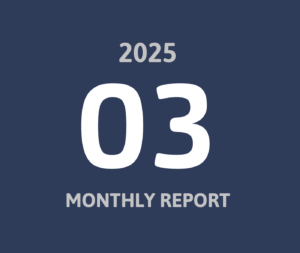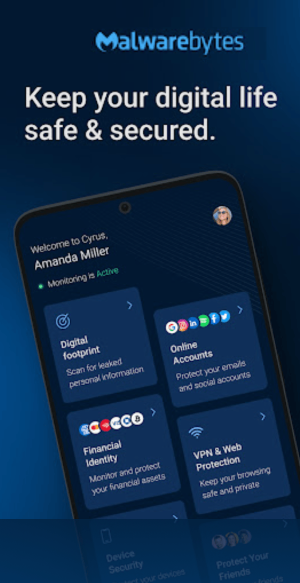My Average Week As A Financially Free Investor
I was recently asked fellow community member Erwin, what an average week looks like for me as a financially free investor.
As I love getting questions asked from you guys, I put together a quick blog post.
My Quick Bio
First off, for those of you who don’t know me yet, here are some key facts about me:
- Born in 1978 near Munich 🇩🇪
- Studied international marketing & management
- Moved to Singapore in 2002
- Founded a marketing service agency in 2004
- Sold the agency in 2017 for $1,5 Mio US (got cash & shares)
- My current net worth
- Invested in 4x other private companies
- Two of which are paying dividends (combined total of $69,000 US)
- High-Level portfolio allocation
💵 $0.4 Mio in cash
📈 $1.0 Mio in my dividend portfolio
🌐 $1.3 Mio in my crypto portfolio
🏆 $0.3 Mio in my precious metals
🏠 $0.4 Mio in real estate
💼 $1.8 Mio in private equity (shares in four companies)
💡 $0.4 Mio in my thematic portfolios
💵 $5.6 Mio in approx total net worth

What I Love About Being Financially Free
I love not having a boss.
I love not having to attend any lengthy meetings.
I love not having to attend boring annual parties.
I love not having to prepare reports for executives I have never met.
I love not having to polish any shoes or getting a brown nose ;-).
My Investments In Private Companies
The majority of my time isn’t dedicated to researching investment ideas; instead, it’s focused on providing assistance and support to the companies in which I hold shares.
While I don’t have an operational or active role in any of them, I frequently roll up my sleeves and actively contribute where needed.
I describe myself as a passive activist investor, signifying that while my name may not appear on any organizational charts, I actively strive to contribute meaningful value and often lend a hand to the management by doing things that free them up to focus on their core competence.

My Average Work Day
A consistent daily routine is essential for me as it sets the right mood; thus, my weekdays follow nearly identical patterns.
As investors, our compensation isn’t tied to time but rather to the decisions we make and the temperament and patience we exhibit. Embracing the adage “It’s not about the hours you put in, but what you put into the hours,” my aim is to cultivate a mindset conducive to making sound decisions.
Working from home since May 2017, my wife and I have established an arrangement that simply works for us. There’s no one-size-fits-all; both parties must be clear about their desires and limits.
In our case, mornings are devoted to the kids, and we enjoy a delightful family dinner every evening. Consequently, we have separate lunch times—my wife opts for yogurt and fruits, while I enjoy having a proper meal.
Here’s How My Typical Week Looks Like For Me
| Monday | Tuesday | Wednesday | Thursday | Friday |
| getting up (7.05 am) | getting up (7.05 am) | getting up (7.05 am) | getting up (7.05 am) | getting up (7.05 am) |
| make breakfast for kids | make breakfast for kids | make breakfast for kids | make breakfast for kids | make breakfast for kids |
| breakfast + notes* | breakfast + notes* | breakfast + notes* | breakfast + notes* | breakfast + notes* |
| meditate (5-10 min)* | meditate (5-10 min)* | meditate (5-10 min)* | meditate (5-10 min)* | meditate (5-10 min)* |
| Think & Grow Rich (5 min)* | Think & Grow Rich (5 min)* | Think & Grow Rich (5 min)* | Think & Grow Rich (5 min)* | Think & Grow Rich (5 min)* |
| start to work (8.30 am) | start to work (8.30 am) | start to work (8.30 am) | start to work (8.30 am) | start to work (8.30 am) |
| deep work (10-12 am)* | deep work (10-12 am)* | deep work (10-12 am)* | tennis with an investor | deep work (10-12 am)* |
| lunch | lunch with someone | lunch | lunch | lunch with someone |
| after-lunch walk | after-lunch walk | after-lunch walk | after-lunch walk | after-lunch walk |
| power nap | power nap | power nap | power nap | power nap |
| regular work | regular work | regular work | regular work | regular work |
| deep work (-5.30 pm)* | deep work (-5.30 pm)* | deep work (-5.30 pm)* | deep work (-5.30 pm)* | deep work (-5.30 pm)* |
| work out (5.30-6 pm) | sports with my kids | work out (5.30-6 pm) | sports with my kids | sports with my kids |
| dinner & family time | dinner & family time | dinner & family time | dinner & family time | dinner with someone |
*breakfast + notes – Armed with a blank sheet of paper, I jot down ideas and plans for the day ahead
*meditate (5-10 min) – I don’t meditate for long, but do it daily, love the InsightTimer app
*Think & Grow Rich (5 min) – I re-read one page a day of books I love. See below for a sample page with highlights
*deep work (10-12 am) – According to my experience (and biorhythm) I do deep work at 10-12 am & 4-5.30 pm
Reading One Page Of Think & Grow Rich
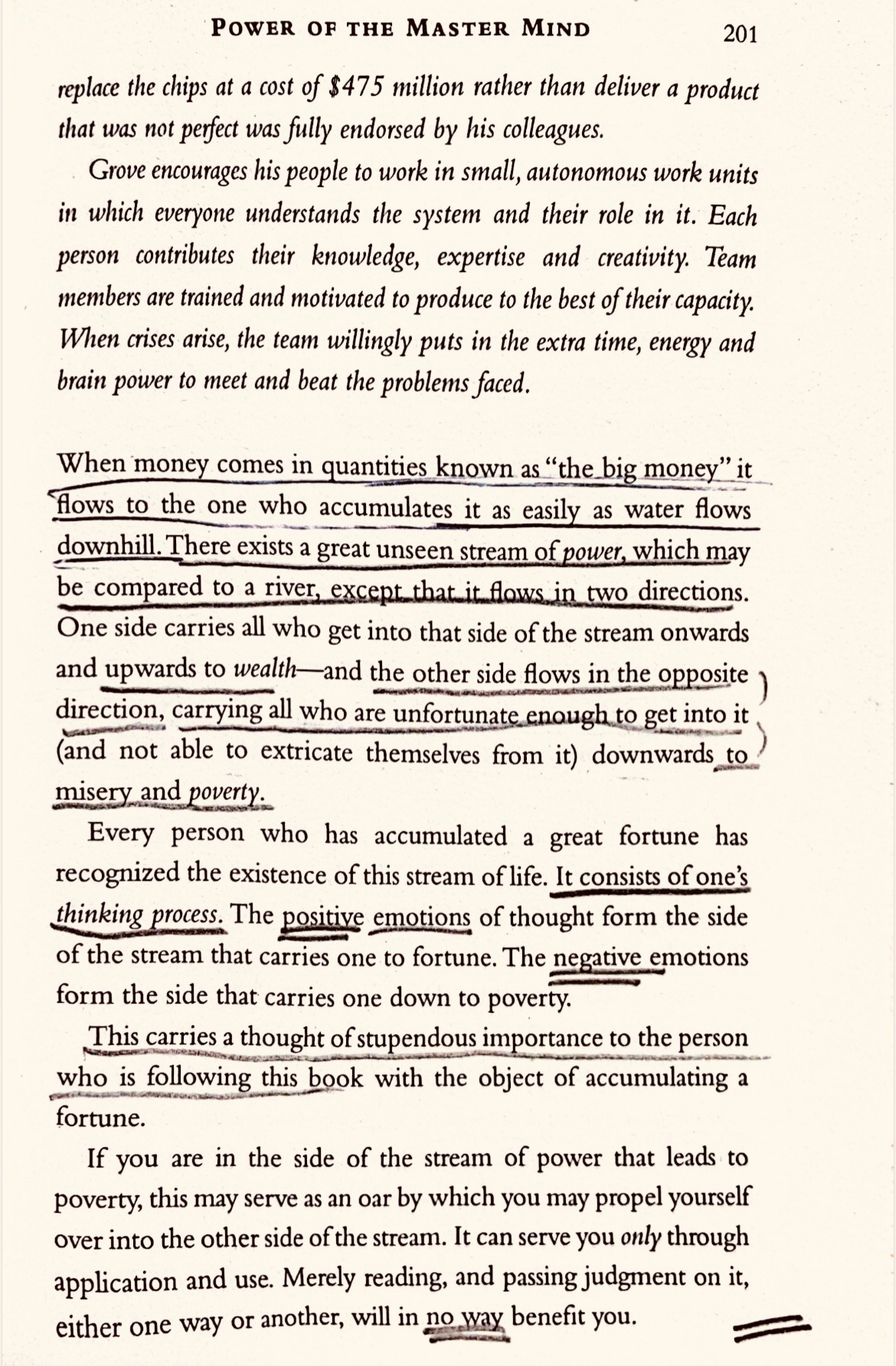
Things I Help The Companies I Am Invested In With
- Marketing (help with website copy, blog post ideas, ad campaigns, email lists, ..)
- Management (be a sparring partner for the managers, discuss emergencies, ..)
- Strategy (advisory board, director role, corporate strategy, M&A or build, ..)
- Operations (increase SOPs, use automation tools like ChatGPT, Zapper, ..)
- HR (help to interview candidates, talk with headhunters about current needs, ..)
- Company Structure (help set up companies, talking with tax advisors, ..)
This always changes, but at the moment, I work 4 hours per week for one specific company I am invested in, and about 2 hours for another one.
How To Reach Financial Freedom?
To become financially independent and reach financial freedom, your passive income needs to exceed your fixed costs + expenses.
You either were able to put away enough cash that you don’t have to worry about your expenses anymore (which is rather unlikely), or, you need to reach what I call escape velocity.

Reaching Escape Velocity Feels Great
Escape velocity is a fundamental concept in space exploration, defining the minimum energy required for a spacecraft to break free from the gravitational pull of its home planet.
Now, let’s draw a parallel in the realm of finances: Imagine your full household fixed and variable expenses as the metaphorical gravitational pull, set at, for instance, 100.
To achieve financial freedom and independence, you reach escape velocity when your passive income surpasses this gravitational force (>100).
At exactly 100, you lead a somewhat comfortable life as your passive income covers all your expenses. However, it can be stressful, as any generated passive income is immediately absorbed by your financial obligations. That’s why it’s advisable to aim for a passive income that exceeds your needs by at least 20%.
Once you’ve reached this financial escape velocity, you find yourself with surplus money at the end of each month, providing additional funds for investments.
In essence, reaching escape velocity in your finances signifies a state where your passive income exceeds your financial obligations, offering the freedom to allocate surplus funds strategically.
An awesome feeling.
Our Family’s Finances
In 2023, my total passive income exceeded our family expenses by over $30,000 US, providing me with an additional $30,000 for investments.
While I anticipate 2024 to be less favorable in terms of passive income, I’m optimistic that gains from capital appreciation can offset potential setbacks.
By the way, I am using the 100% free app Portfolio Performance to track all my investments.
Conclusion
My average week as a financially free investor may not be extraordinary, but adhering to certain routines gives me the necessary space and time to think and reflect on what investments to make.
📘 Read Also
- The 3 Best French Dividend Stocks To Buy
- How To Explain Bitcoin In 10 Easy Steps
- My Story Of How I Reached Financial Independence
FAQ
What is considered financially free?
In simple terms, financial freedom means having enough money to cover your living expenses comfortably, allowing you to make choices without being constantly constrained by financial concerns. But it is important to try and reach escape velocity, meaning you will only be really financially free once your passive income exceeds your entire household’s expenses every month.
How much money do you need to be financially free?
The specific amount varies for everyone, but the general aim is to build up and accumulate sufficient passive income that surpasses your regular expenses, providing a cushion for unexpected costs or opportunities. This concept is referred to as escape velocity.
How to become financially free?
Achieving financial freedom involves disciplined saving, strategic investing, and diversifying your income sources to build a resilient financial foundation. Making more than you earn, every single month, and putting away money to invest in value-appreciating assets like stocks or digital assets, is what works for most people.
How to become financially free in your 20s?
To attain financial freedom already in your 20s, focus on aggressive saving, early and informed investing, and adopt a lifestyle that allows you to live below your means. Once your passive income covers your entire household’s costs, you can refer to yourself as financially free.
What to do to become financially free?
Take proactive steps such as creating a budget, consistently saving a portion of your income, making wise investment choices, reading financial blogs, and continually educating yourself about personal finance principles to navigate your journey towards financial freedom.



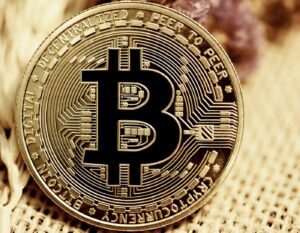
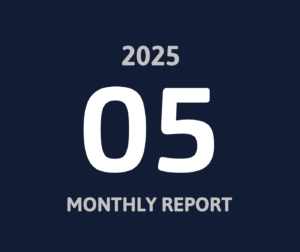
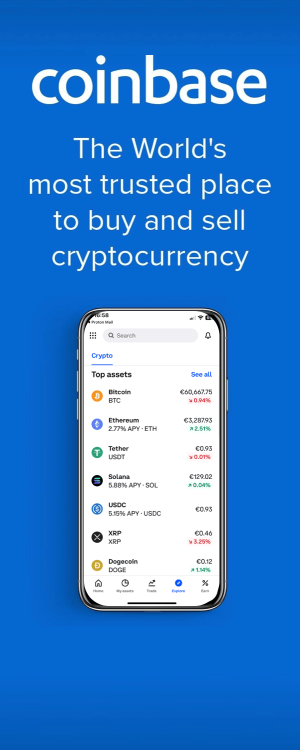
 Age when reaching FI: 40 in 2018
Age when reaching FI: 40 in 2018 Left the rat race: May 2017
Left the rat race: May 2017 Living in: Singapore
Living in: Singapore Number of kids: 2
Number of kids: 2




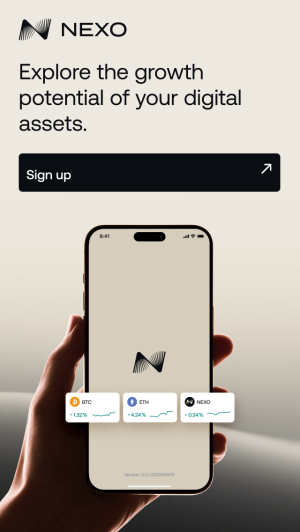

 Services I Love
Services I Love

